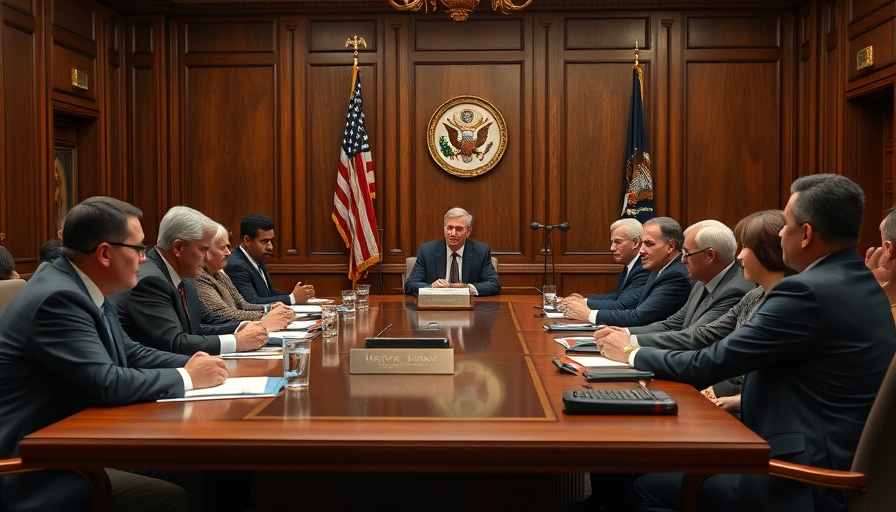
The Take It Down Act: A Groundbreaking Legislation
In a significant legislative move, the U.S. House of Representatives has passed the "Take It Down Act," aimed at criminalizing the posting of explicit images without consent—whether real or AI-generated deepfakes. This bipartisan bill, supported by notable figures including First Lady Melania Trump, passed with an overwhelming majority of 409-2 votes, marking a pivotal moment in the fight against online harassment and exploitation.
Understanding the Urgency Behind the Legislation
The passage of the Take It Down Act comes against a backdrop of increasing reports of revenge porn and cyberbullying, which have led to devastating consequences for victims. Notably, cases like that of Elliston Berry, a teenager whose explicit images were created and shared maliciously, underscore the dire need for protective measures. These situations illustrate the emotional trauma and social repercussions that can ensue, driving lawmakers to act swiftly.
A Comprehensive Approach to Protect Victims
The legislation mandates that social media platforms and websites remove such explicit content within 48 hours upon a victim's request. This is a monumental requirement that aims to alleviate the distress faced by victims, ensuring they do not have to navigate a complex bureaucratic process to have damaging content taken down. Sen. Ted Cruz emphasizes that no child should be subjected to prolonged suffering while seeking to reclaim their dignity and privacy.
The Role of Technology and Social Media Platforms
Tech giants such as Meta (Facebook and Instagram), TikTok, and Snapchat have publicly backed this legislation, acknowledging the urgent need for change in how explicit content is handled online. However, digital rights advocates express concerns that the bill, as it stands, might inadvertently stifle lawful speech, including legitimate adult content, and does not offer enough safeguards against exploitative takedown requests. This creates a complex tension between protecting individuals and safeguarding free expression.
Real-World Implications of the Take It Down Act
The FBI has reported a troubling rise in cases involving extortion and harassment leading to tragic outcomes, including suicides. Supporters of the Take It Down Act assert that this legislation could save lives by offering a much-needed recourse for those who are victimized. Rep. Maria Elvira Salazar articulates that the act aims to stop cyber abuse and prevent youth bullying, sending a message that societal standards regarding dignity and privacy must be upheld.
Future Predictions and the Need for Continued Vigilance
As the bill awaits the president's signature, its long-term effectiveness will depend heavily on its implementation and reception by the tech industry, as well as the public’s understanding of its provisions. It represents a step towards recognizing the importance of addressing digital abuses, but ongoing vigilance is necessary to ensure that the balance between protection and free speech is maintained.
Conclusion: Why This Matter Influences Us All
The Take It Down Act is not just about regulating content; it’s about protecting individuals' dignity and safety in an increasingly digital world. As this legislation clears its final hurdles, it stands as a reminder of our collective responsibility to foster safer online environments. By raising awareness and continuing to advocate for protected rights, we can contribute to a more respectful and secure digital landscape.
The passage of the Take It Down Act should ignite discussions not only about content management and privacy rights but also about the mental health implications tied to online harassment. We must all remain aware of these new legal frameworks and voice support for policies that safeguard our communities against the harms of online abuse.
 Add Element
Add Element  Add Row
Add Row 



 Add Row
Add Row  Add
Add 


Write A Comment